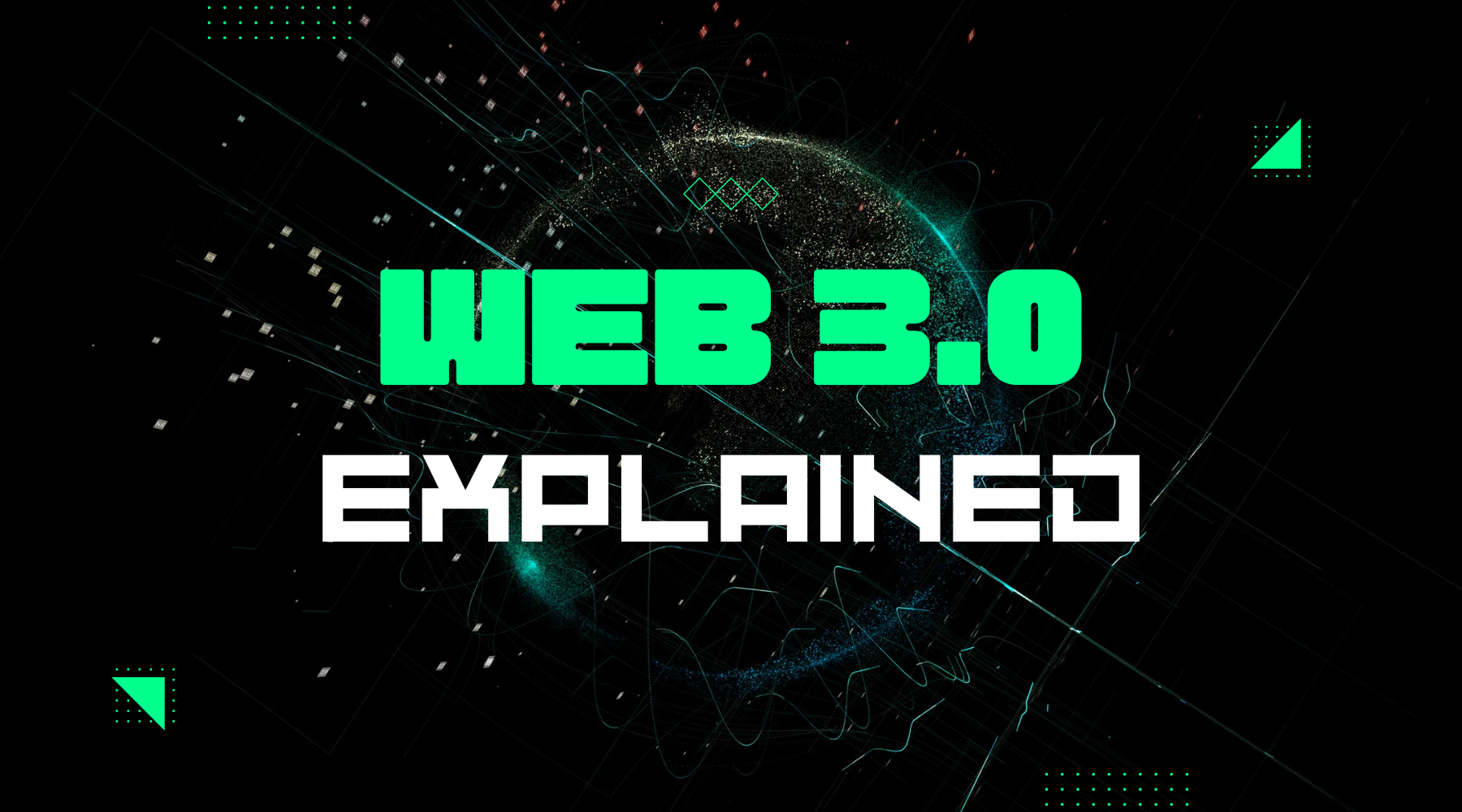You might have heard the buzz about Web 3.0, but what exactly is it, and how is it different from Web 2.0? Let’s break it down in a way that’s easy to understand.
What is Web 3.0?
Web 3.0, also known as the “Semantic Web” or the “Decentralized Web,” represents the next phase in the evolution of the internet. It aims to create a more intelligent, connected, and open web experience. Unlike Web 2.0, which is largely centralized and controlled by a few major platforms, Web 3.0 is built on decentralized technologies like blockchain, which allows for greater security, transparency, and user control.
Key Features of Web 3.0
- Decentralization:
- Instead of being controlled by centralized entities (like Google or Facebook), data and applications in Web 3.0 are distributed across a network of nodes. This means no single entity has complete control.
- Blockchain Technology:
- Web 3.0 uses blockchain to ensure data security and transparency. Blockchain is a decentralized ledger that records transactions across many computers, making it difficult to alter data without consensus.
- Smart Contracts:
- These are self-executing contracts with the terms of the agreement directly written into code. They automatically enforce and execute agreements, reducing the need for intermediaries.
- Artificial Intelligence and Machine Learning:
- Web 3.0 leverages AI to provide more personalized and relevant experiences. AI can understand and interpret data in a more human-like manner, improving search results and recommendations.
- Interoperability:
- Web 3.0 aims to create a web where different platforms and services can seamlessly interact with each other, enhancing user experience and data exchange.
How is Web 3.0 Different from Web 2.0?
- Data Ownership:
- Web 2.0: Data is typically owned and controlled by centralized entities (like social media platforms).
- Web 3.0: Users have greater control and ownership of their data, thanks to decentralization and blockchain technology.
- Privacy and Security:
- Web 2.0: Privacy is often compromised, as centralized platforms can access and share user data.
- Web 3.0: Enhanced privacy and security through decentralized networks and encryption.
- User Interaction:
- Web 2.0: Focuses on user-generated content and social networking.
- Web 3.0: Focuses on personalized, intelligent interactions powered by AI and machine learning.
- Architecture:
- Web 2.0: Centralized architecture with servers controlled by a few entities.
- Web 3.0: Decentralized architecture with data distributed across many nodes.
The Future of Web 3.0
The future of Web 3.0 is exciting and holds the potential to revolutionize how we interact with the digital world. As technologies like blockchain and AI continue to advance, we can expect even more secure, efficient, and personalized web experiences.
Frequently Asked Questions about Web 3.0
1. What is Web 3.0?
Web 3.0, also known as the “Semantic Web” or the “Decentralized Web,” is the next phase of the internet, focused on decentralization, user control, and intelligent interactions.
2. How does Web 3.0 differ from Web 2.0?
Web 3.0 differs in data ownership, privacy, user interaction, and architecture. It emphasizes decentralization, security, and personalized experiences.
3. What technologies power Web 3.0?
Key technologies include blockchain, smart contracts, artificial intelligence, and machine learning.
4. What are the benefits of Web 3.0?
Benefits include greater data ownership, enhanced privacy and security, more personalized interactions, and improved interoperability between platforms.
We hope this article has helped you understand what Web 3.0 is and how it differs from Web 2.0. Stay tuned, as the future of the internet is evolving rapidly and promises to bring even more exciting changes!











